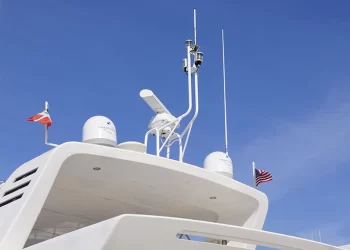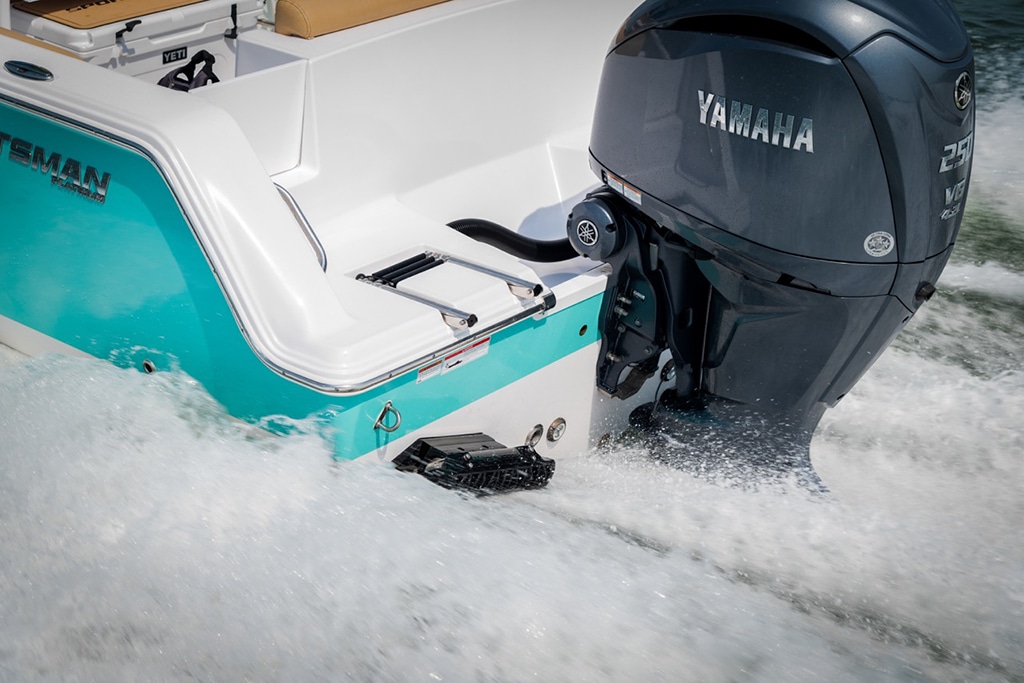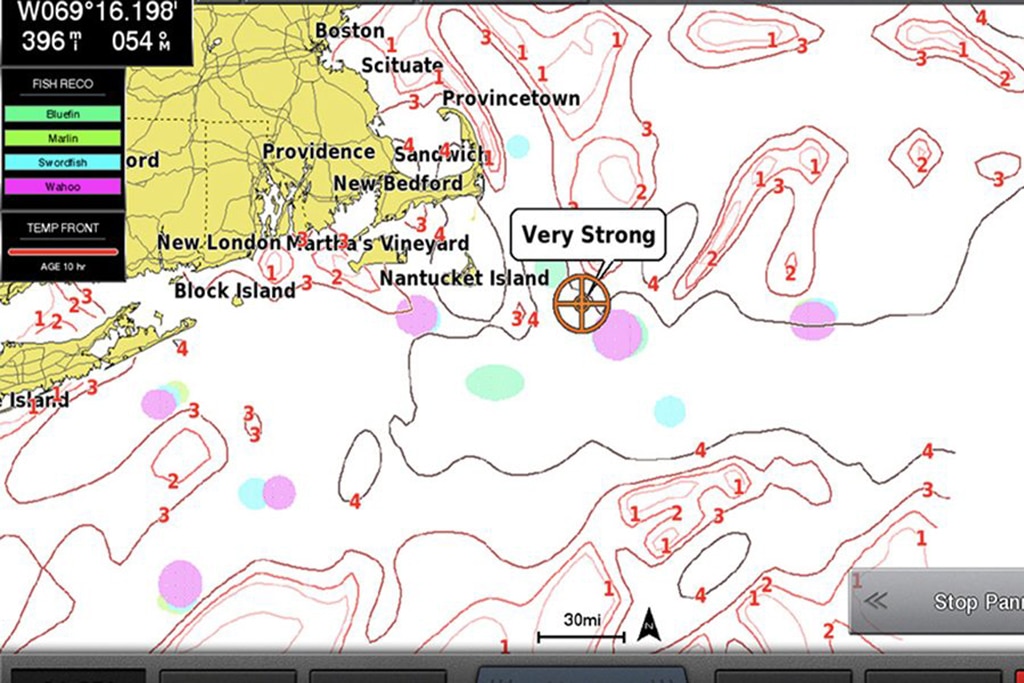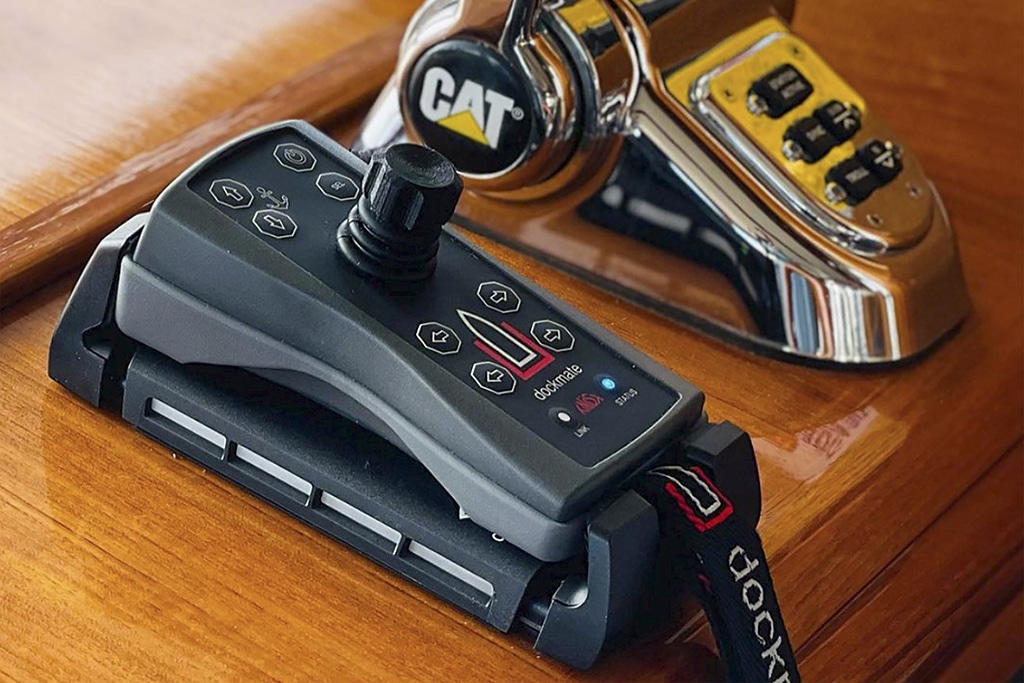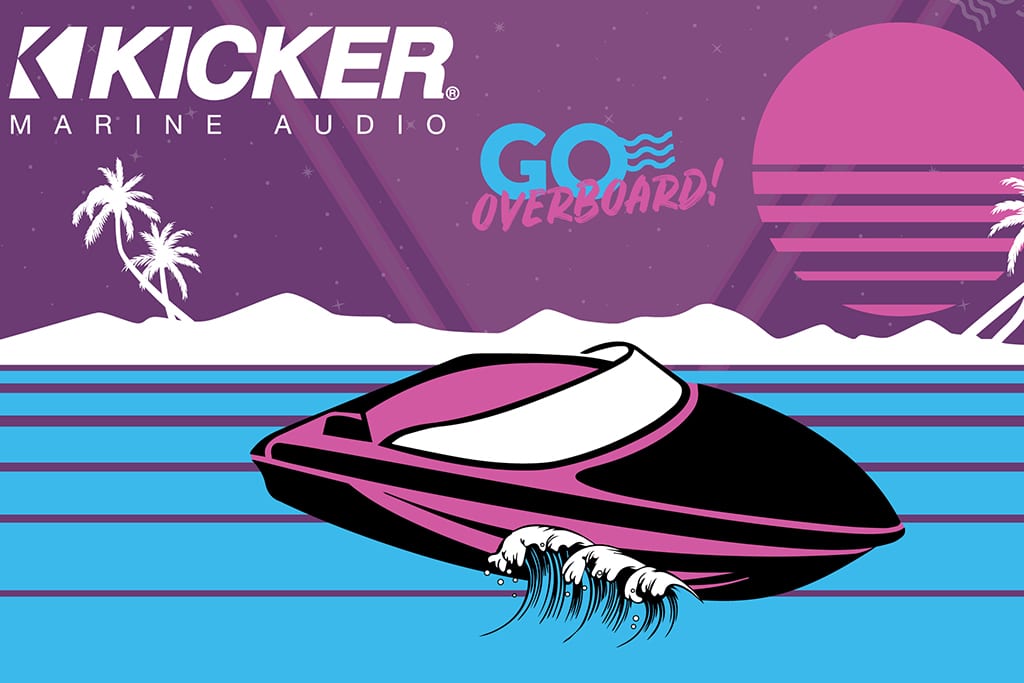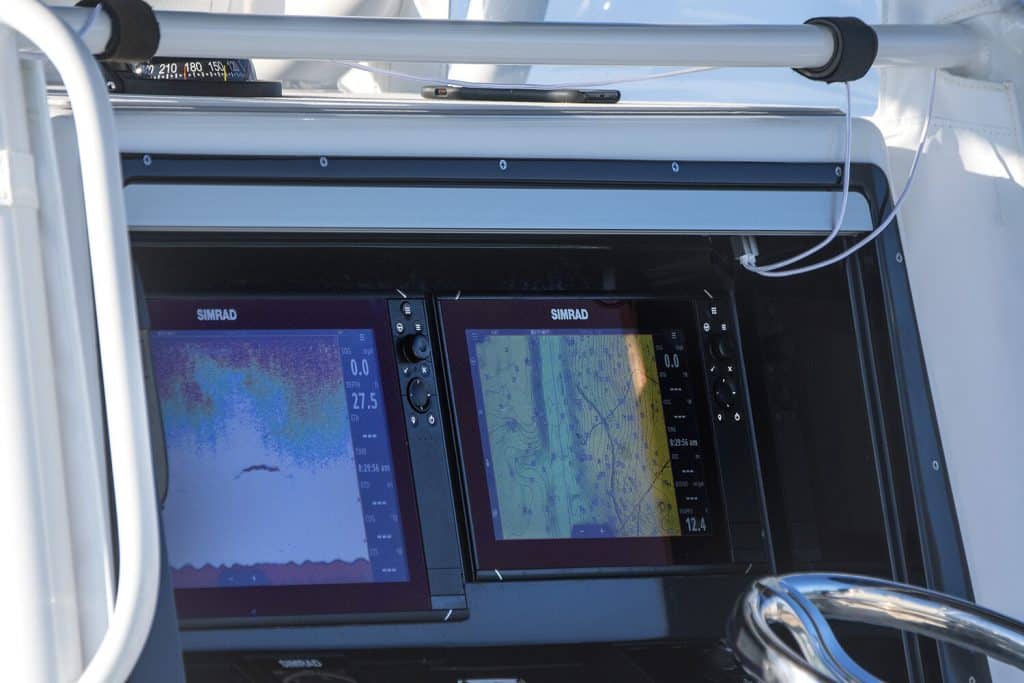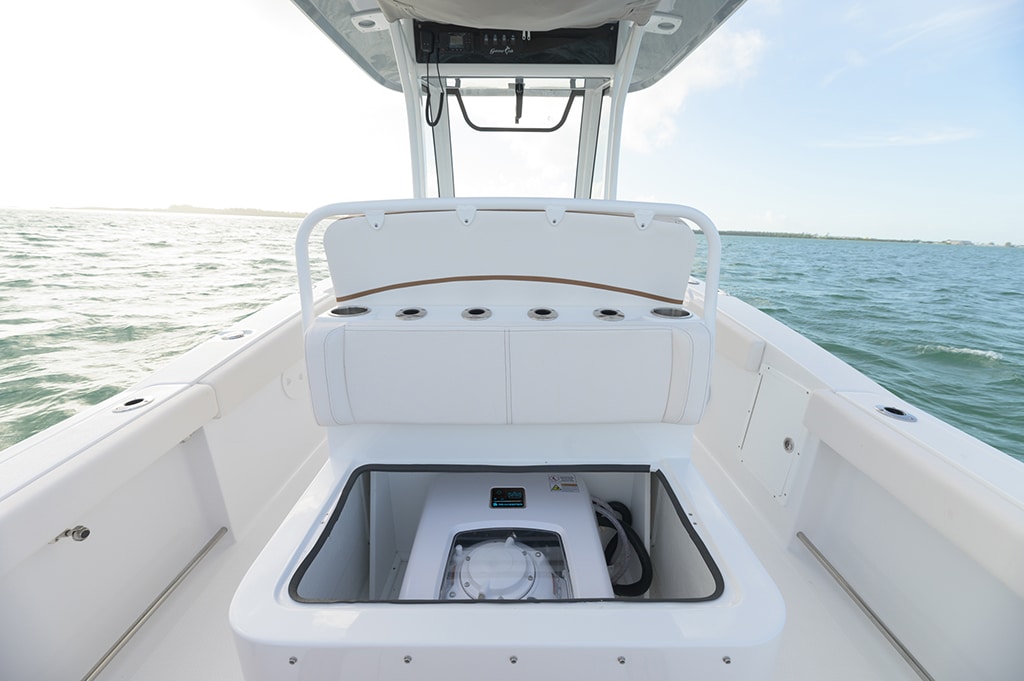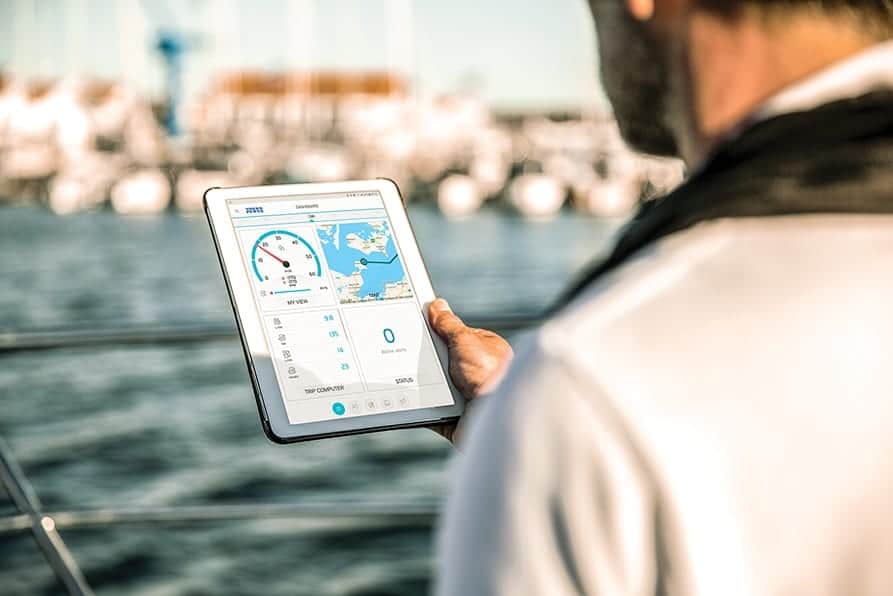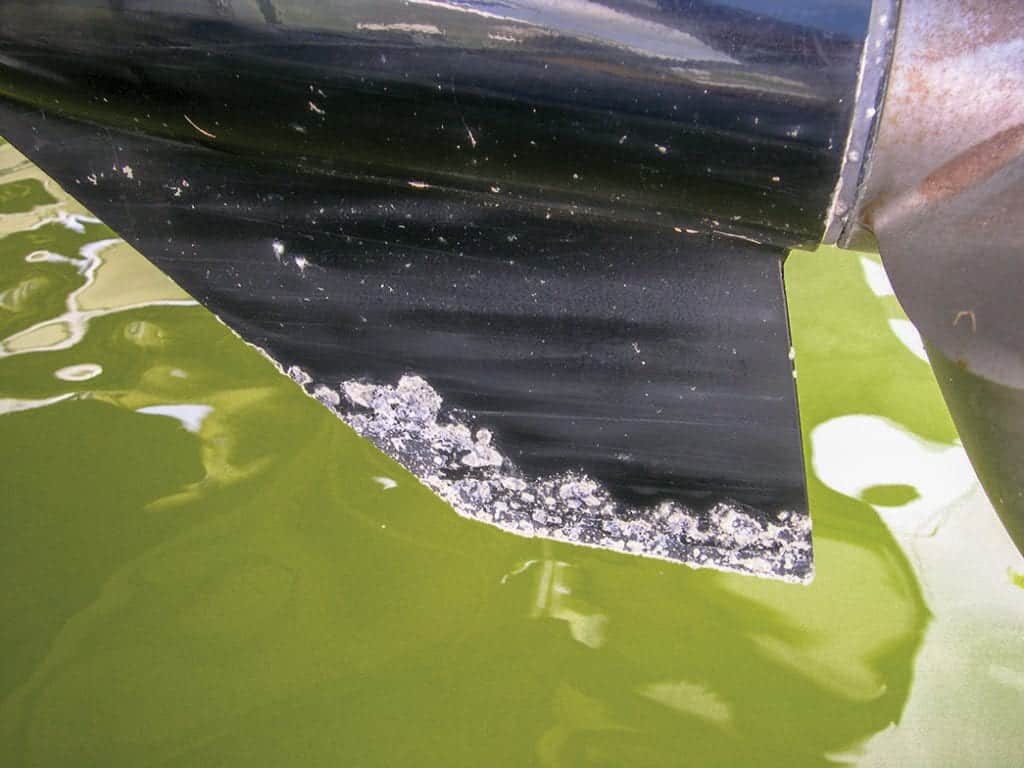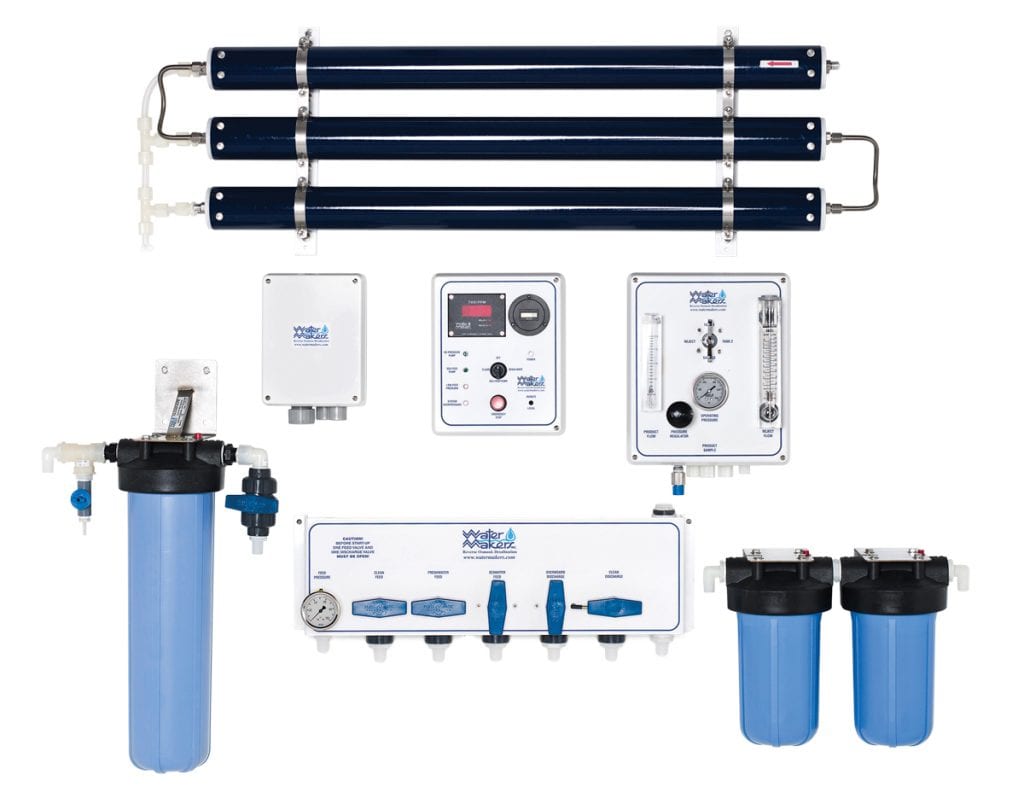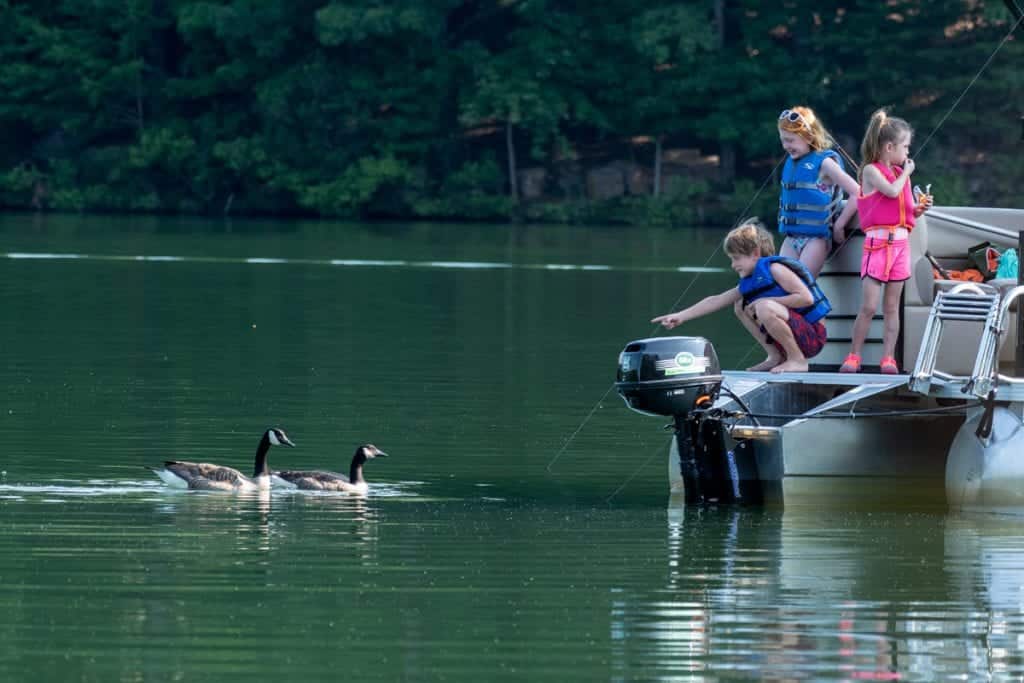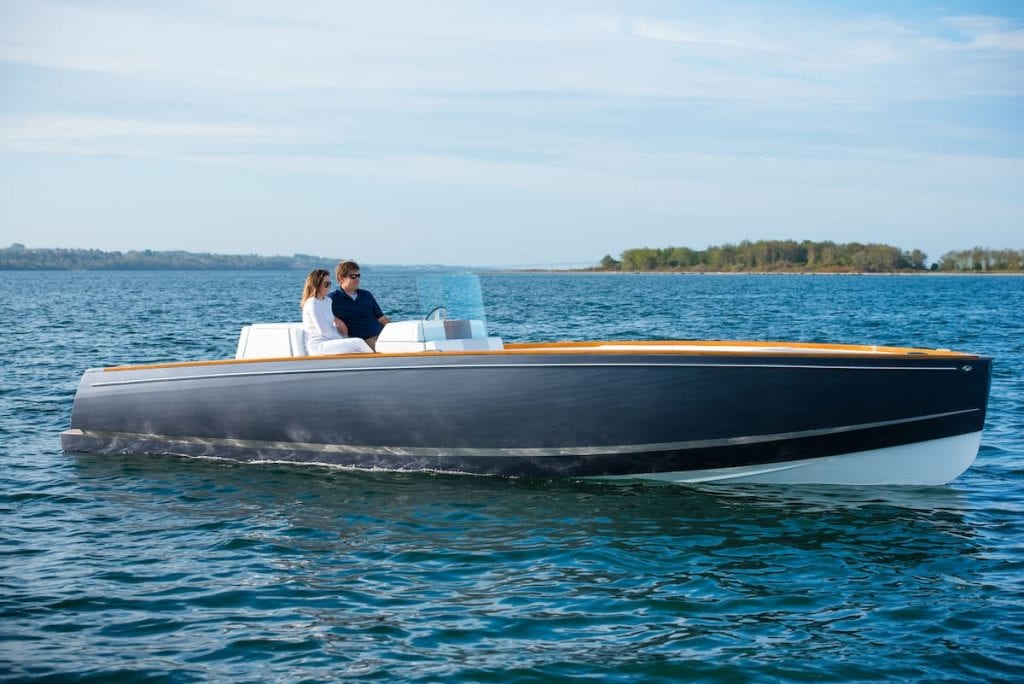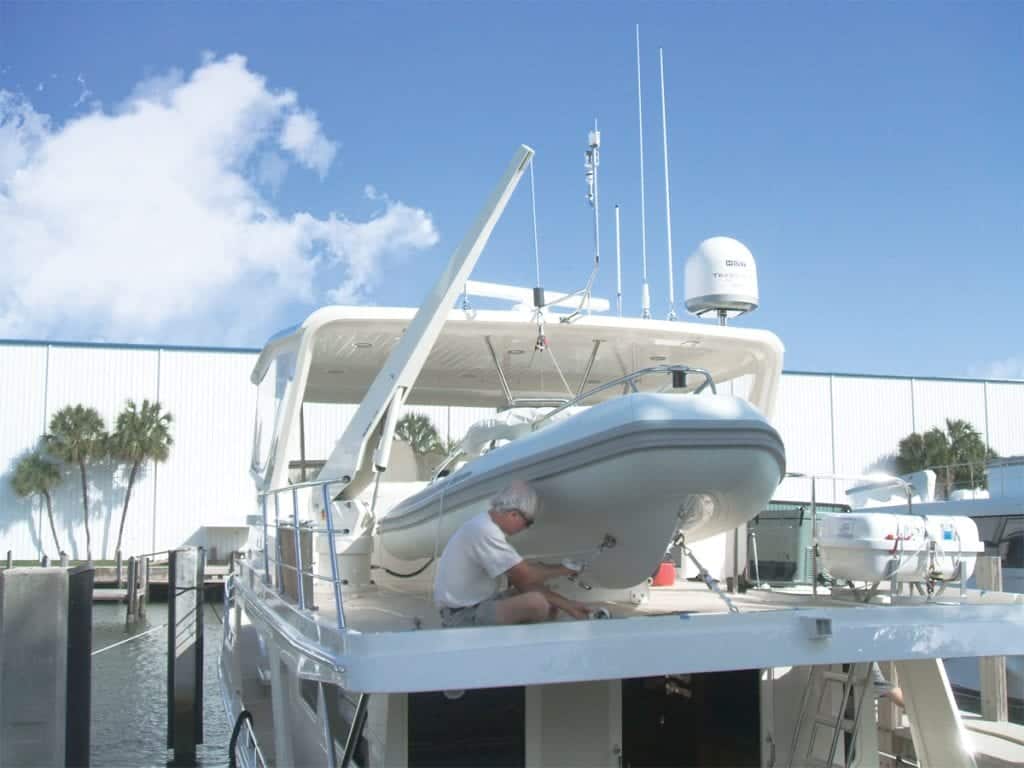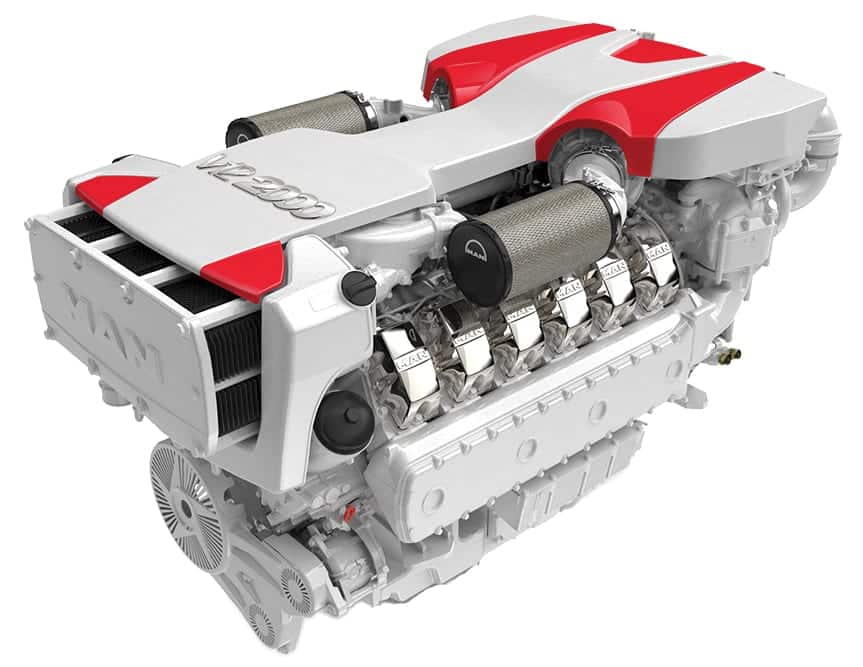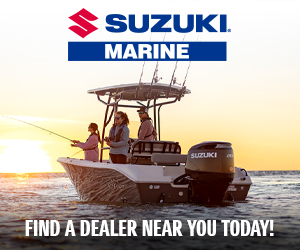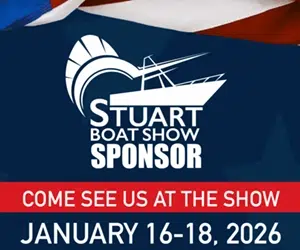Systems
Boat systems are inherently different than that of similar counterpart systems. Heads are certainly not bathrooms, nor are galleys quite the same as kitchens. Southern Boating has articles and resources to keep your heads, galleys and other boat systems in ship-shape.
A Quick Comprehensive Guide to Lightning Protection for Boats
Understanding Lightning Mitigation for Boats Techniques to lessen the impact of a lightning strike Having lived on the Chesapeake Bay...
Read moreDetailsSeakeeper Ride
Introducing Seakeeper Ride Seakeeper Ride is the first-of-its-kind Vessel Attitude Control System (VACS) that eliminates up to 70% of pitch...
Read moreDetailsGo Where the Fish Are – SiriusXM Fish Mapping
Okay, so say you’re in a fishing tournament and as you head out to catch fish, most of the boats...
Read moreDetailsDock Like A Pro With Dockmate
Docking Dominance Wireless remote control technology takes the stress out of docking your boat. Just about everyone who’s docked a...
Read moreDetailsVolvo Penta’s Assisted Docking System
This New Assisted Boat Docking System Will Have You Docking Like A Pro In No Time! As a new captain...
Read moreDetailsKicker: Get the most from your sound system.
Tips on Tunes Get the most from your sound system. What do you want from your boat’s sound system? Your...
Read moreDetailsCHIRP Sonar Technology
Cheaper CHIRP See below more clearly with improved and less-expensive fishfinders. By Doug Thompson, Southern Boating June 2020 Okay, so you...
Read moreDetailsSteady Relief
Steady Relief Seakeeper develops its smallest stabilizer yet. By Steve Davis, Southern Boating May 2020 Everyone knows the purpose of stabilizers...
Read moreDetailsVolvo Penta’s Easy Connect
Volvo Penta's Easy Connect How Volvo Penta’s Easy Connect smarter engines share info for better boating Mobile phones are great...
Read moreDetailsSacrificial Anodes
Sacrificial Anodes Sacrificial anodes die so your underwater gear may live. A war is raging under your boat. High-priced running...
Read moreDetailsHow Do Watermakers Work?
How Do Watermakers Work? While once the domain of larger yachts, today’s well-engineered and dependable watermakers have trickled down in...
Read moreDetailsElco Electric Motoryachts
Elco Electric Motoryachts Is There an Electric Outboard in Your Future? Given the dire warnings about climate change, in the...
Read moreDetailsElectric Power for Boats
Changing the future: Electric Power for Boats Electric power for boats is a viable, emission-free propulsion alternative in certain applications. A...
Read moreDetailsDavit Maintenance
Keep your lift in tip-top shape with some davit maintenance Davits work on boats without fanfare. Akin to heads and air...
Read moreDetailsNew Power Products
For faster, more comfortable and more economical boating, equip your vessel with the most advanced power options available. In addition...
Read moreDetails

